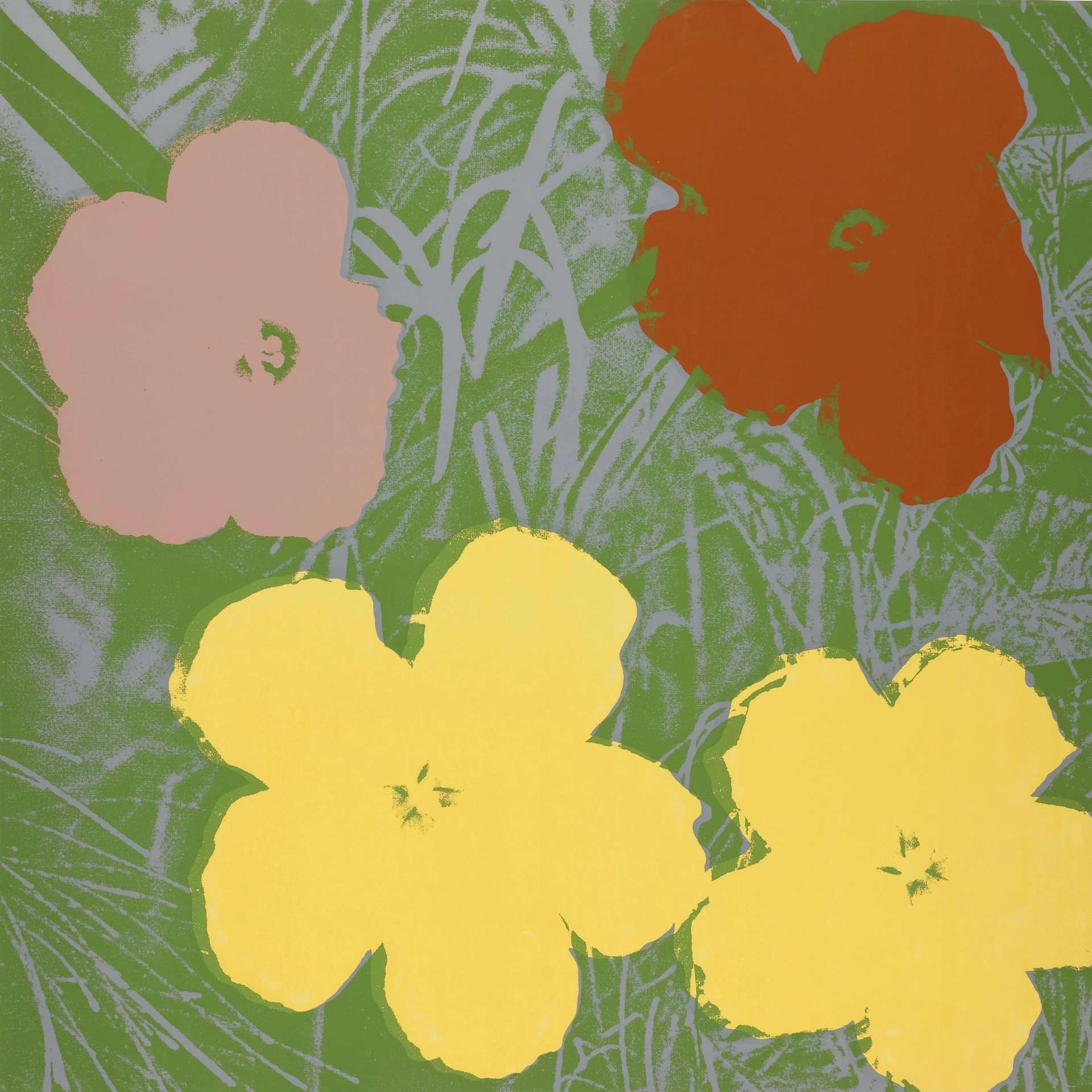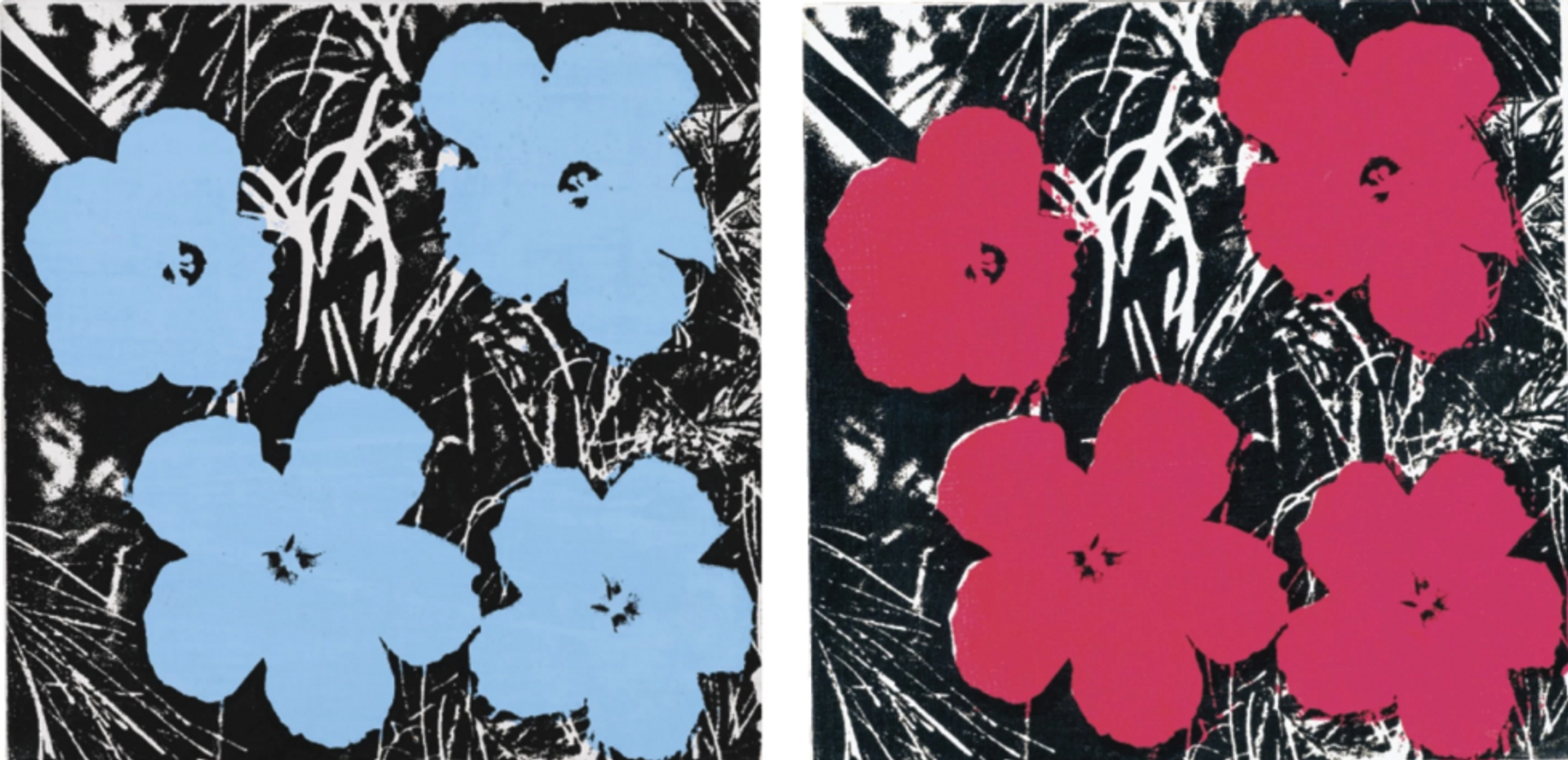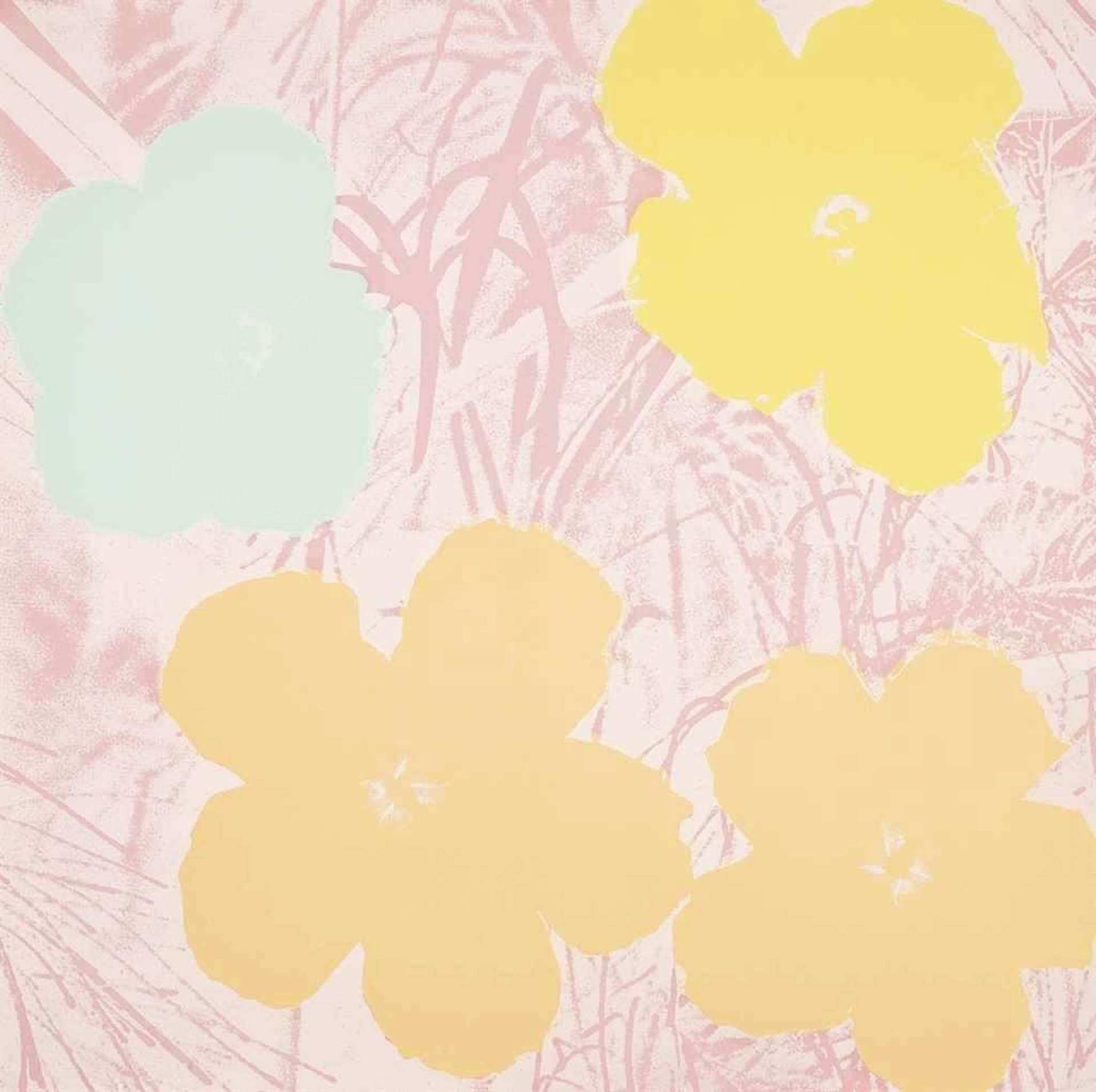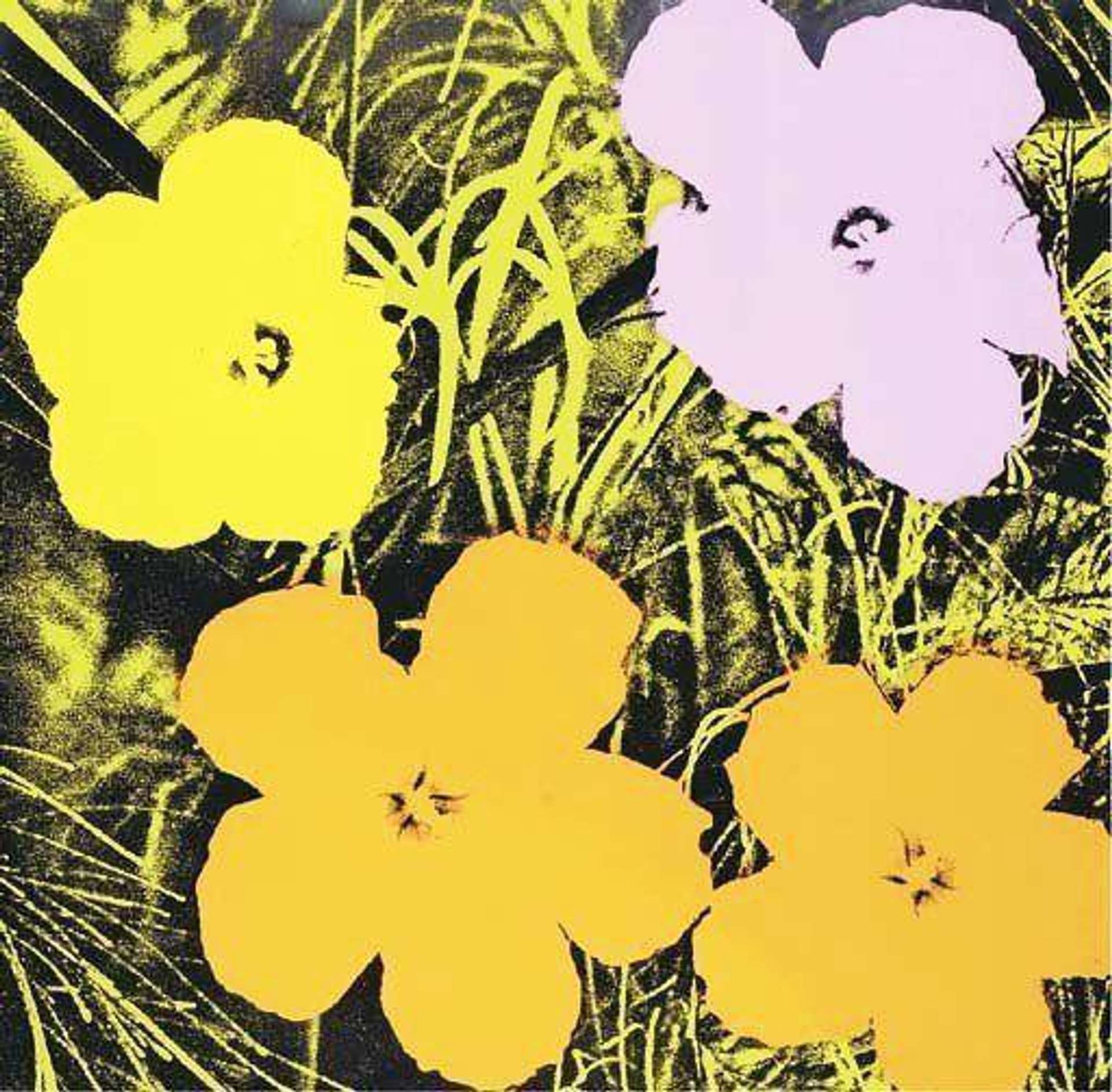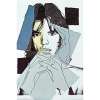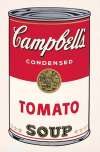Flowers
Andy Warhol’s Flowers prints first bloomed into existence as a signed edition of 300 screen prints following the success of his exhibition of Flowers paintings in 1964. The prints, based on a magazine image of hibiscus flowers on a grassy background, later became the 1970 portfolio of ten prints.
Andy Warhol Flowers for sale
Sell Your Art
with Us
with Us
Join Our Network of Collectors. Buy, Sell and Track Demand
Meaning & Analysis
The Flowers print portfolio was created by Warhol following his wildly successful solo exhibition of Flower Paintings in New York, 1964. The show, was a sell-out success and an important moment for Warhol as it signalled the artist’s public transition from commercial illustrator to contemporary New York artist. The following year Warhol exhibited additional Flowers in his 1965 Paris show at the Sonnabend Gallery. In 1970, he went on to create a Flowers portfolio containing ten screen prints.
Warhol’s 1964 Flower paintings show was hugely significant. The gallery walls were lined with canvases of varying sizes, all with the same floral motif in different vibrant colours, and encompassing interesting variations afforded by the screen printing process. On one wall the artist exhibited twenty-eight pieces measuring 24 x 24 inches, each with four flowers screen printed onto canvas. Other larger works featured two flowers.
Why did Warhol paint flowers? In focusing on a single subject and repeating this across multiple canvases Warhol referenced mechanical and commercial forms of reproduction found in advertising and the mass media. In 1963, in an article entitled ‘What is Pop Art? Answers from 8 Painters’ the artist stated “The reason I'm painting this way is that I want to be a machine, and I feel that whatever I do and do machine-like is what I want to do.” As well as demonstrating the artist’s mastery of the screen print process, Warhol’s Flowers paintings and portfolios are a compelling embodiment of this premise.
Warhol reimagined traditional artistic themes. His Cow re-envisions a pastoral subject, recasting the animal in acid colours, turning it into a repeated graphic motif. His portraits such as Liz and Marilyn are less a contemplation on the personality of his sitter, and more a depiction of the mass media frenzy surrounding the subject. They are portraits of fame. Similarly, the artist’s Flowers paintings are like no other still life floral paintings before them. They are unmistakably Warhol as they engage with questions of appropriation and image production that became central to an understanding of his work.
What kind of flowers did Warhol paint? To create the Flowers series, Warhol used a photograph of hibiscus flowers taken by Patricia Caulfield and found in a 1964 issue of Modern Photography. Caulfield later filed a lawsuit against Warhol for using her image without permission. By using existing imagery as source material, Warhol questioned long-held definitions of ‘fine art’ that centred on traditional understandings of originality and authorship.
